Tesla is set to revolutionize its best-selling Model 3 EV with a secretive project known as Highland. This marks the first major overhaul of the best-selling Model 3 since its initial release five years ago. While maintaining Tesla’s signature sleek design language, the Highland brings several significant modifications and upgrades to the popular electric sedan.
Let’s delve into the key changes that set the 2024 Model 3 apart and the potential implications for the electric vehicle (EV) industry.
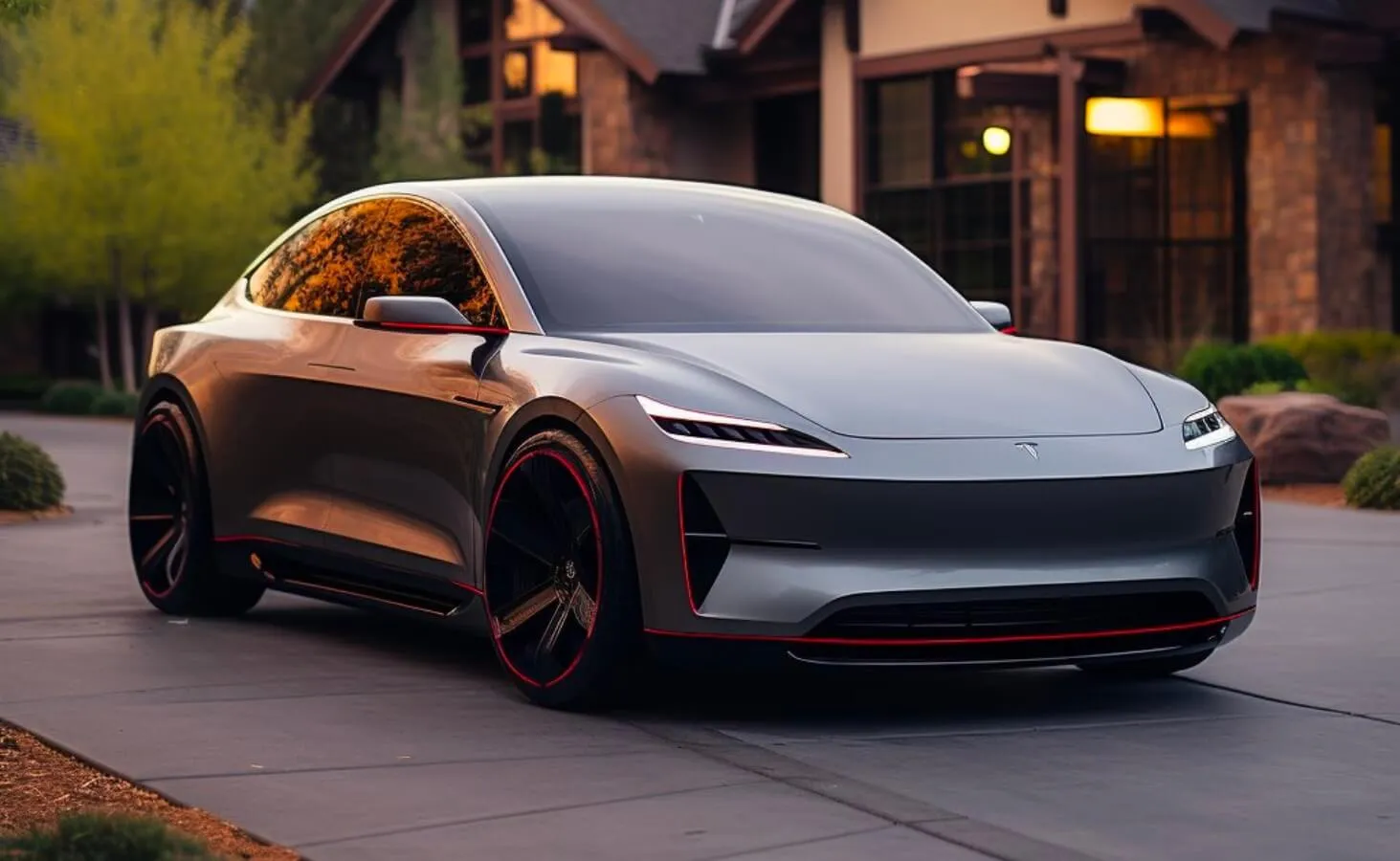
Table of Contents
2024 Tesla Model 3: Exterior Redesign
The exterior redesign of the 2024 Tesla Model 3, codenamed Project Highland, represents a departure from the traditional Tesla design language. One of the most noticeable changes is the replacement of the iconic soft curving, rounded front bumper with a more linear and simplified design. Tesla has been known for maintaining consistent aesthetics across their vehicle lineup, so this departure marks a significant shift in their approach.
The new front bumper features a crisp seam that runs from the left to the right, creating a distinct and clean look. This design change not only adds a refreshing touch to the Model 3 but also serves practical purposes. By simplifying the bumper’s cosmetic elements, Tesla aims to optimize the manufacturing process, making it faster, more efficient, and cost-effective.
Accompanying the revised front bumper is the redesigned headlight. The headlight now boasts a smaller and flatter appearance, departing from the previous curvy design that extended to the outer edges. This change not only adds to the distinctive look of the Model 3 but may also contribute to improved aerodynamics. By drawing inspiration from elements found in the Lucid Air and Cybertruck, Tesla may be enhancing the Model 3’s efficiency, crucial for achieving maximum range in an electric car.
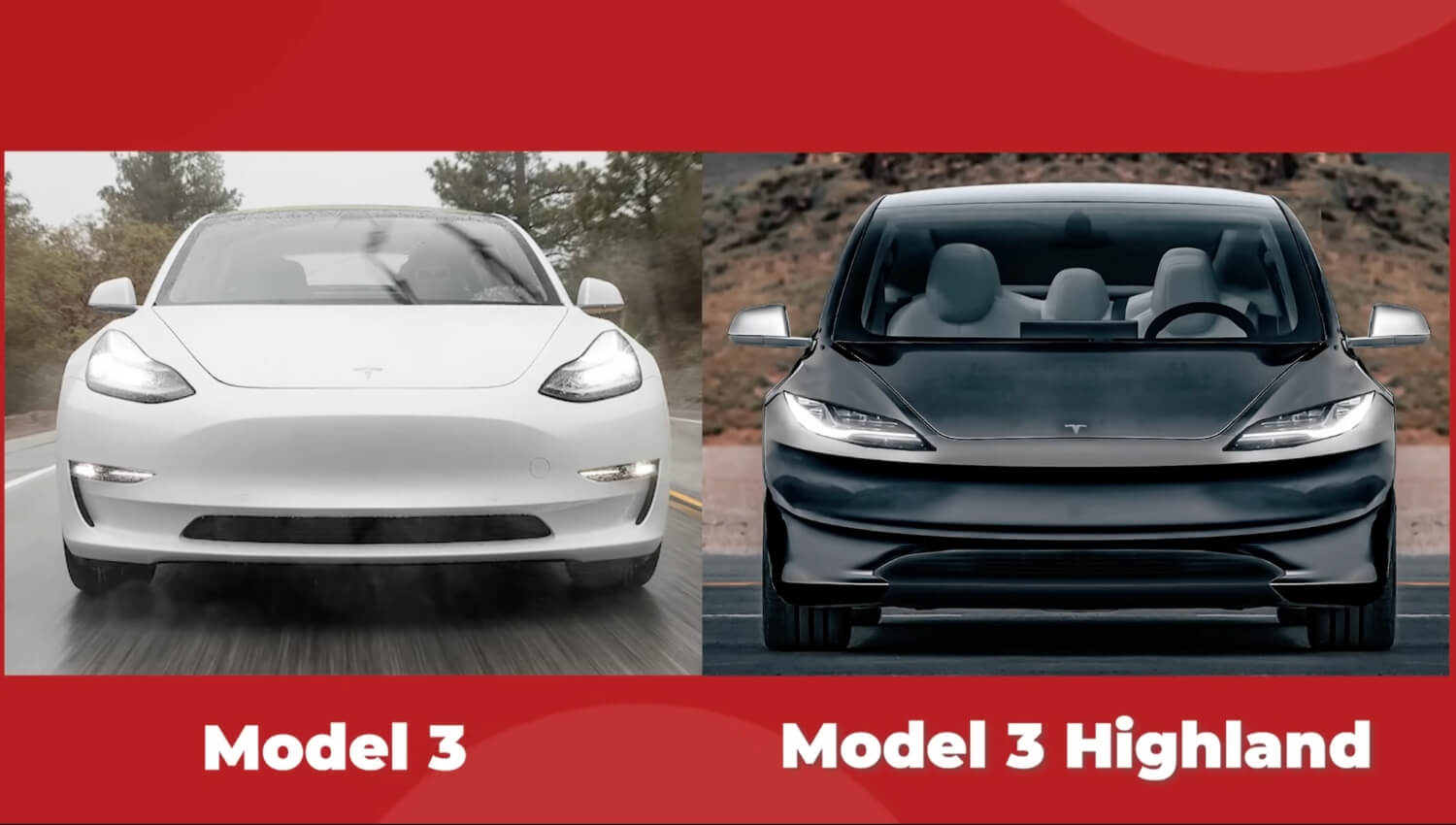
The decision to streamline the bumper design and headlights also hints at Tesla’s intention to align the design language across its vehicle lineup. With the Cybertruck featuring pronounced edges and a defined seam across the front, the new linear design in the Model 3 may help create a cohesive visual identity for Tesla’s fleet of vehicles.
Aside from the aesthetic enhancements, Tesla’s focus on manufacturing efficiency is evident in the exterior changes. By reducing the number of curves and contours in the bumper design, Tesla can simplify the production process, ultimately leading to cost reductions. This aligns with Tesla’s ongoing goal to optimize manufacturing and make electric vehicles more accessible to a broader audience.
Rear-End Modifications
The rear-end modifications of the 2024 Tesla Model 3 introduce several noteworthy changes that complement the overall exterior redesign. One of the most noticeable updates is the replacement of the traditional horizontal tail light fixture with a narrow vertical arrangement on the outside edge of the vehicle.
This new tail light design follows the minimalist approach that started at the front of the vehicle. The horizontal layout of the previous tail lights, stretching wide from left to right, is now condensed into a sleek vertical arrangement. The outer edge of the vehicle houses the new taillights, with a thin linear slit of amber light extending inwards towards the center. This design not only adds to the vehicle’s modern and sleek look but also contributes to the overall cohesive design language from the front to the rear.
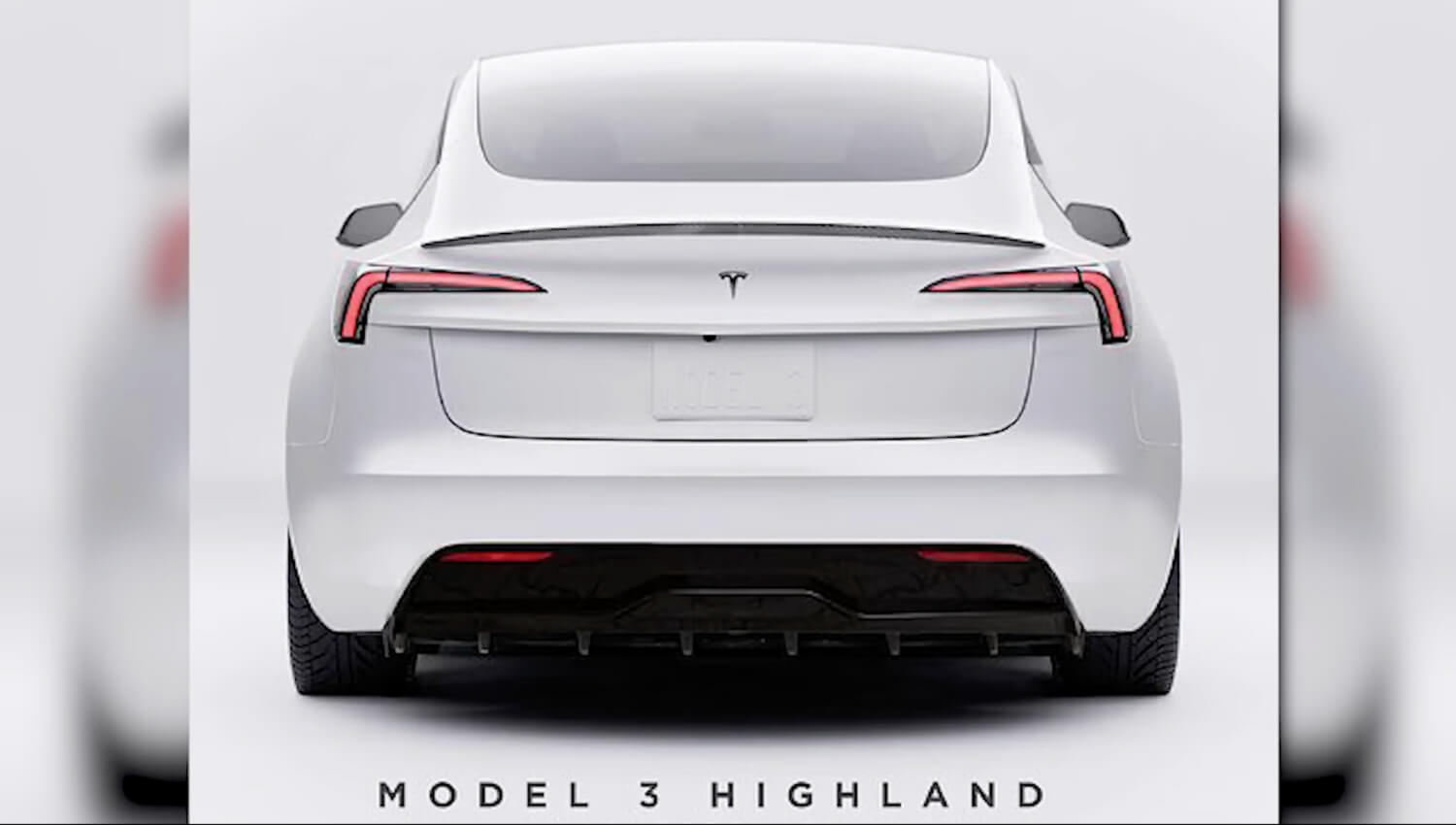
Continuing with the theme of aerodynamic improvements, the rear end of the Model 3 now features a more pronounced rear diffuser, similar to the design found in the Model S. The rear diffuser, positioned along the top of the trunk lid, acts as a type of spoiler but with a lower profile. This design enhancement is likely aimed at enhancing the vehicle’s aerodynamic performance, a crucial aspect for electric vehicles to achieve optimal range and efficiency.
By adopting a similar rear diffuser design as the Model S, the Model 3 may benefit from improved aerodynamics, ensuring it maintains its position as a highly efficient and sustainable electric car.
2024 Tesla Model 3: Interior Updates
The interior of the 2024 Tesla Model 3 bring it more in line with the design language found in the Model S and Model X, incorporating a sleek and minimalist approach. One of the most notable changes is the removal of the traditional gear shift and control stalks on the steering column, which have been replaced with capacitive touch buttons.
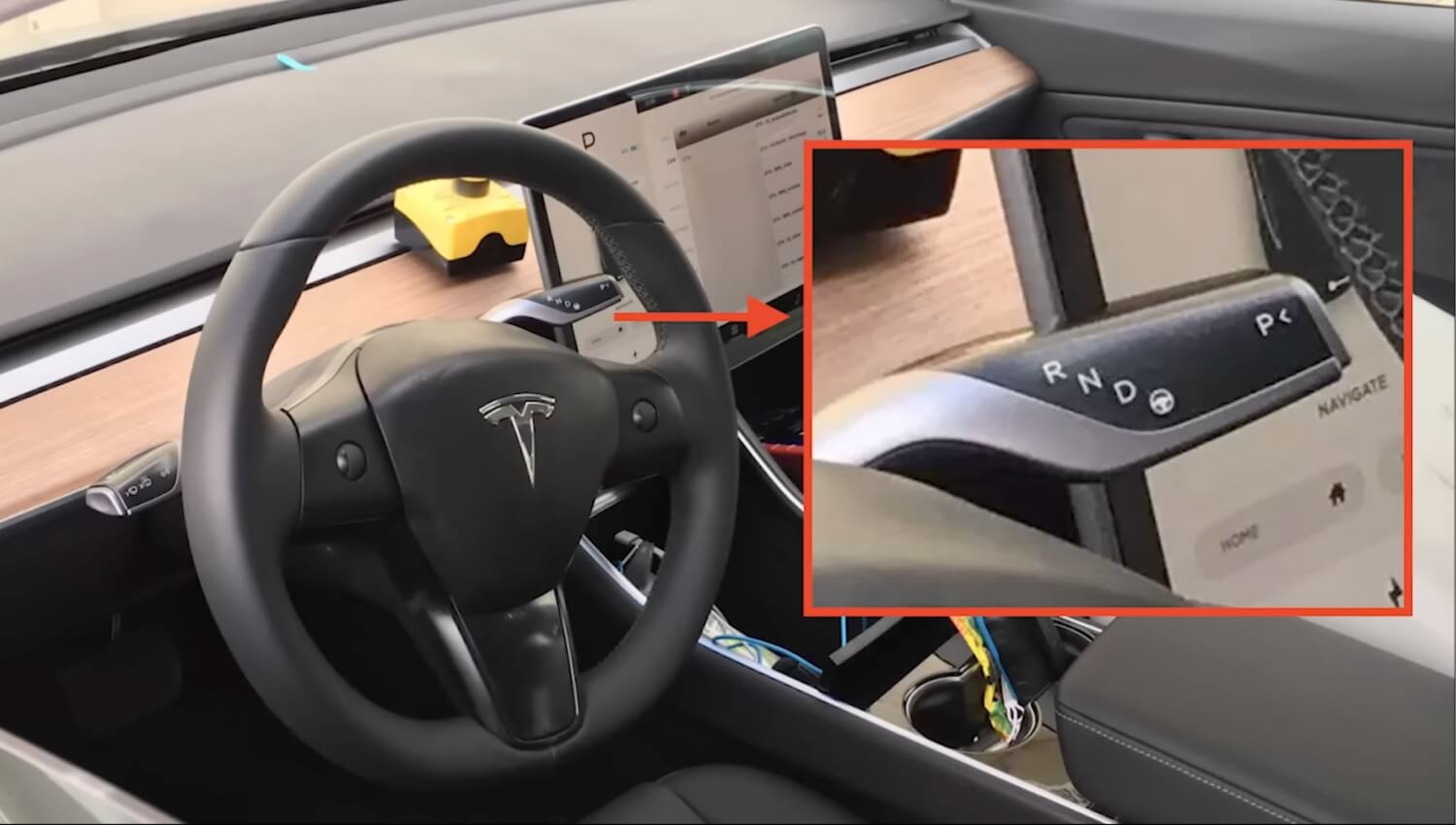
This departure from the conventional control layout is a bold move for Tesla and alters the basic user interface of the vehicle. The left-hand control stalk, usually responsible for activating turn signals and headlights, is now replaced with touch-sensitive buttons on the steering wheel. These capacitive touch buttons also control wipers and the horn, allowing for a more streamlined and futuristic steering wheel design.
The new steering wheel, previously introduced in the Model S and Model X, features a distinctive yoke-like shape. While the original yoke design was met with mixed reviews, Tesla eventually compromised by releasing an updated version that resembles a traditional wheel shape. The capacitive touch buttons on the steering wheel provide an intuitive way for drivers to control various functions without the need for physical buttons. However, some users may find this touch-sensitive approach less intuitive as it lacks the tactile feedback of traditional buttons.
Additionally, the 2024 Model 3 comes with ventilated front seats, a luxurious addition that enhances driving comfort. The seats feature perforations in the material, and a fan system is installed at the bottom, allowing air to flow up and over the driver and passenger’s bodies, providing a pleasant and cooling experience during warmer weather.
Moreover, the interior is further upgraded with ambient LED lights, which can be adjusted to set the desired color and pulse rate. These ambient lights contribute to the vehicle’s ambience, creating a soothing and relaxing atmosphere for both driver and passengers.
Hardware and Autopilot Advancements
The Highland Model 3 boasts Hardware 4 of Tesla’s Autopilot computer and camera systems. This upgrade includes higher-resolution cameras with improved dynamic range, an additional front bumper camera, and an upgraded computer chip. These advancements ensure the Model 3 remains at the forefront of autonomous driving capabilities, allowing the vehicle to leverage Tesla’s Full Self-Driving (FSD) Beta to its fullest potential.
2024 Tesla Model 3 Production Details
The Tesla Model 3 Highland project has reached a significant milestone with the end of its trial production phase, signaling Tesla’s readiness to embark on full-scale production. The trial phase served as a critical testing ground for the new Model 3 Highland, allowing Tesla to refine and optimize various aspects of the vehicle. Starting on August 25th, Tesla will begin the production ramp-up of the Model 3 Highland, accompanied by rigorous stress testing to ensure the vehicle meets the high standards of quality and performance that Tesla is known for.
The stress testing process will provide valuable insights into the car’s durability and reliability, paving the way for a smooth and efficient production process. By early September, Tesla’s daily production capacity for the Model 3 Highland is expected to reach approximately 1,200 units. This impressive figure reflects Tesla’s commitment to meeting the anticipated high demand for the new Model 3 and is a testament to its innovative manufacturing techniques and operational excellence.
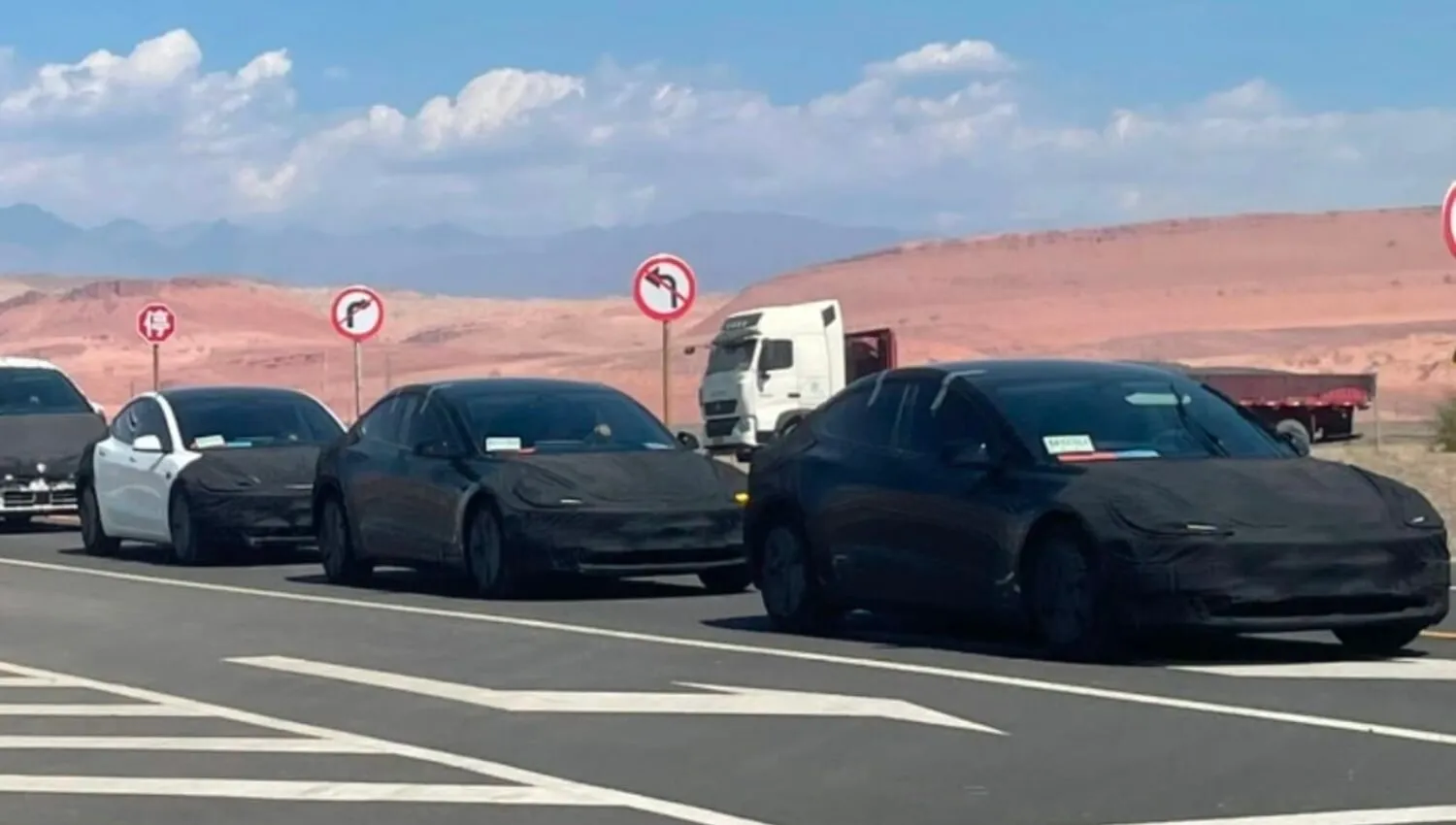
The company’s ability to scale production at such a rapid pace highlights its position as a leader in the electric vehicle industry.
2024 Tesla Model 3 Price
The financial reports regarding Tesla’s Model 3 Highland have revealed insights into the estimated cost of parts, providing valuable clues into the potential pricing of the vehicle in the Chinese market.
Although the exact pricing details have not been officially disclosed, the estimated cost of components projects the guide price for the Model 3 Highland to be around ¥200,000 (Chinese Yuan), or approximately $28,000, with a 66 kWh battery pack. This estimate indicates that Tesla is strategically positioning the Model 3 Highland to be competitive, especially considering the growing demand for electric vehicles in China.
According to Financial reports, Tesla's new Model 3 has begun trial production, and is expected to start mass delivery in September and begin deliveries in October. Based on the estimated cost of parts, the guide price is around ¥200K, and will use the new 66 kWh M3P battery. pic.twitter.com/uDY0jH56v7
— Eliena (@liuwen_52) August 7, 2023
In the Chinese market, vehicles with a range of more than 700 kilometers are typically priced at no less than ¥250,000, suggesting that the Model 3 Highland’s estimated pricing aligns with market expectations, making it an attractive option for Chinese consumers seeking an electric vehicle with robust range and advanced features.
Tesla Model 3 Highland Battery Pack and Technology
Tesla Model 3 Highland introduces a new and advanced battery chemistry: lithium manganese iron phosphate (LiMnFePO4). This new battery chemistry represents a significant development in battery technology, with the potential to enhance the vehicle’s performance and range.
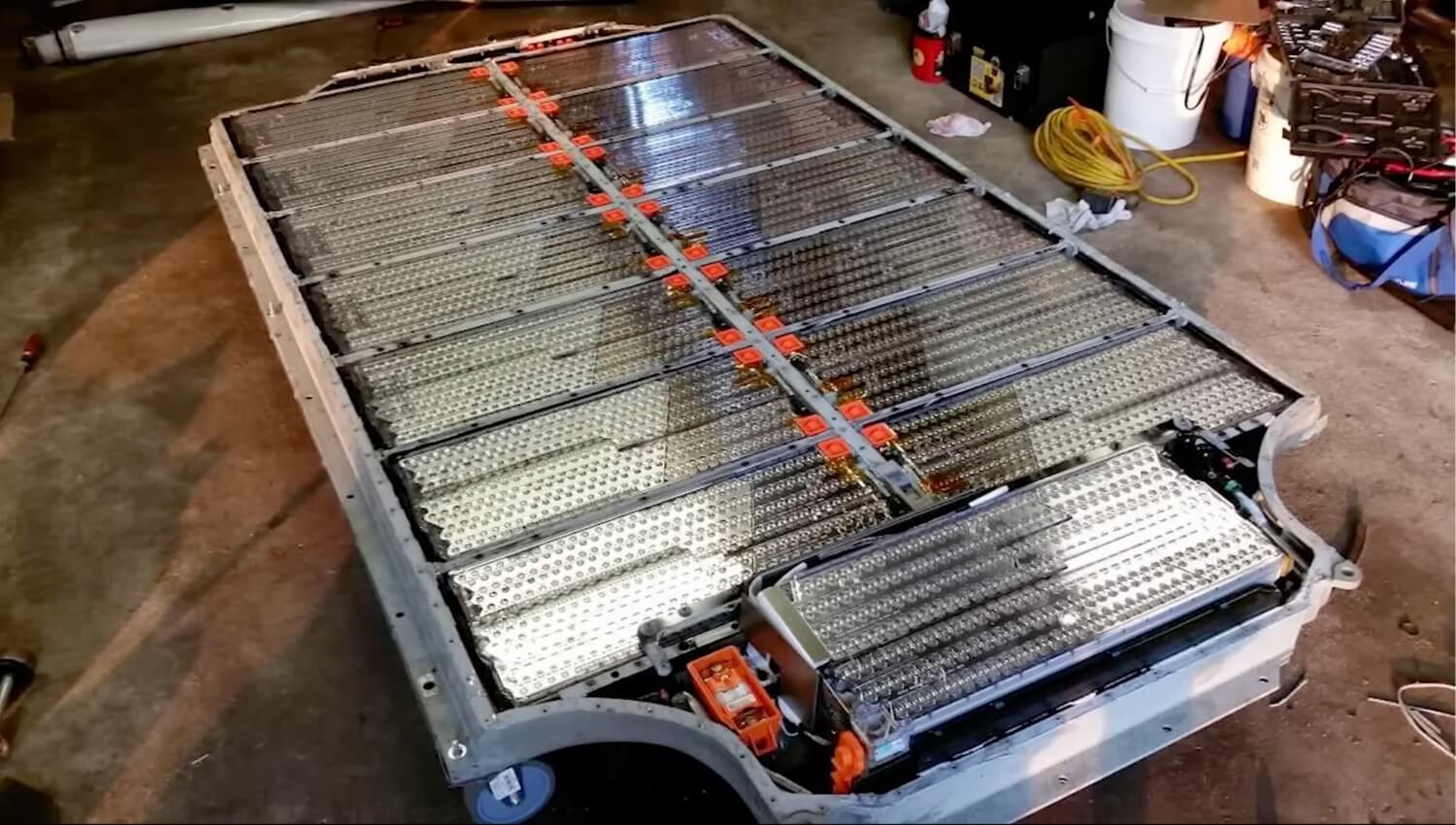
The key advantage of the LiMnFePO4 battery is its higher energy density compared to the previous battery chemistries used in Tesla vehicles. Energy density refers to the amount of energy stored in a given battery volume or weight. By incorporating manganese and iron into the cathode material, Tesla can achieve greater energy storage capabilities, providing the Model 3 Highland with increased range and improved performance.
The higher energy density enables the vehicle to travel longer distances on a single charge, addressing one of the primary concerns for electric vehicle (EV) owners – range anxiety. With more miles per charge, the Model 3 Highland becomes an even more practical and appealing option for potential EV buyers.
Moreover, the given battery chemistry can lead to improved overall vehicle performance. With higher energy density, the battery can deliver more power to the electric motors, potentially resulting in better acceleration and handling characteristics. This improvement in performance aligns with Tesla’s commitment to creating high-performing electric vehicles that compete with and surpass traditional internal combustion engine cars.
However, there is some uncertainty about the availability of the LiMnFePO4 battery in the US market. This uncertainty stems from the requirements for the US electric vehicle tax credit. To qualify for the full EV tax credit under the United States inflation reduction act, at least 50% of the battery components’ value must be produced in North America.
As the battery used in the Model 3 Highland comes from Giga Shanghai, which is located in China, it may not meet the specific requirements for the full US tax credit. Tesla previously managed to get its rear-wheel drive Model 3, equipped with CATL iron phosphate batteries, to qualify for the full tax credit. However, the situation might be different for the new LiMnFePO4 batteries used in the Highland model.
Conclusion
The 2024 Tesla Model 3 Highland is poised to make a lasting impact on the electric vehicle market, showcasing a range of advancements in design, technology, and performance. Tesla’s decision to depart from its traditional design elements by introducing a more linear and simplified front bumper gives the Highland model a distinct and modern look. The smaller, flatter headlight design not only adds to its unique appearance but also suggests a focus on improved aerodynamics, which is vital for achieving maximum range in electric vehicles.
The minimalist design language is carried through to the rear end as well, with the replacement of the horizontal tail light fixture with a narrow vertical arrangement. This cohesive design approach creates a unified appearance, solidifying the Model 3 Highland’s place within Tesla’s vehicle lineup.
The interior updates aligning the Model 3 with the Model S and Model X demonstrate Tesla’s commitment to continuously refining and enhancing its product offerings. The removal of the traditional gear shift and control stalks in favor of capacitive touch buttons on the steering wheel brings a sleek and modern feel to the driving experience. The introduction of ventilated front seats and ambient LED lights adds a touch of luxury and comfort for both driver and passengers.
The integration of Hardware 4 and upgraded battery technology in the Giga Shanghai-made Model 3 Highland further exemplifies Tesla’s dedication to pushing the boundaries of electric vehicle innovation. The new battery chemistry using lithium manganese iron phosphate promises higher energy density, translating to increased range and improved performance. However, its availability in the US market remains uncertain due to EV tax credit requirements.
With these advancements, the 2024 Tesla Model 3 Highland represents a significant leap forward for Tesla and the electric vehicle industry as a whole. By combining cutting-edge design, advanced technology, and sustainable energy solutions, Tesla continues to assert its position as a leader in the EV market. The Model 3 Highland sets a new standard for electric vehicles, raising the bar for performance, efficiency, and environmental responsibility. As Tesla strives to optimize manufacturing processes, increase range, and expand its vehicle lineup, it continues to push the boundaries of what electric vehicles can achieve, driving us toward a more sustainable and electric future.






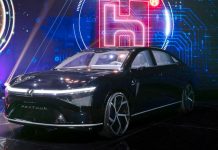
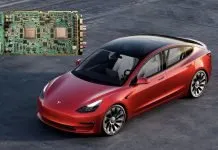
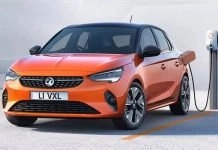
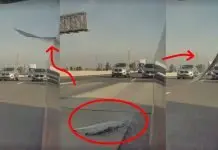
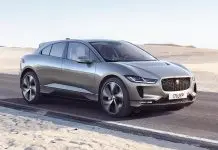

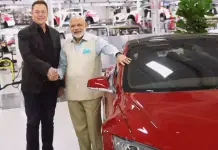
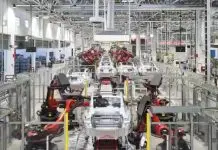


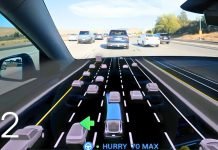


Ok, so cosmetic changes, ventilated seats, ambient lighting, and a better battery,
Where are the sunroof, headup display, better build quality, more colors, matrix headlights?
And please, stop promoting the ‘full self driving’ capability. It does not exist. Not even with HW4. let’s call it ‘LSD’ from now on – limited self driving…
Oh I thought you meant that the car drives like it’s on LSD
Saurav, Great, comprehensive article on ‘Highland.’ But I think you mean ‘stalk’ when you say ‘stock’ re: steering column controls.
Has the excessive cabin noise issue (over anything other than a perfectly smooth road) been resolved? It’s my main complaint about an otherwise awesome car.
What year did you buy? 2022 on have acoustic glass and additional sound deadening- basically silent in mine.
Tesla needs to put the blind spot warning light in the side mirrors!!!I am on my third module S but cannot trust the present warning system and my fourth ev might be one that has that enhanced warning light
I totally agree. My Bolt EV has this.
My biggest concern for my 2021 Tesla Model 3 is occasional rattling sound in the dashboard, & excessive tire sound that permeates into the car. They should make the car more sound proof.
One wonders….When will Tesla straight-forwardly address Vehicle-2-Grid charging? PG&E CEO Patti Poppe just threw it down in front of Musk at their innovation conference. He dodged. PG&E wants to tap into those BEV batteries for distribution grid reliability; they know very well their transmission grid can’t solve reliability otherwise. Just shade a fraction of vast (sub)urban hot asphalt parking lots with solar canopies +stationary storage batteries +V-2-G chargers. PG&E says that the BEVs in their northern & central CA service area alone equal the peak shaving capacity of about 5 Diablo Canyon nuclear power plants.
WHERES THE MODEL Y MAKEOVER?
Conclusion: The suckers like myself who just bought a Tesla Model 3 RWD standard got less than they would have if they waited 4 months and bought the new Highland refresh which will have a better battery and more range.